Watery Witnesses
—A selection from the archives of TBA21
Curated by Daniela Zyman and Soledad Gutiérrez
About this programme

Courtney Desiree Morris, ‘Sopera de Yemayá’, 2020. Still from video, courtesy of TBA21
The programme presented a series of works from Thyssen-Bornemisza Art Contemporart – TBA21’s large archives, with past acquisitions and recent commissions.
Mario García Torres, The Way They Looked at Each Other, n.d. Commissioned by TBA21
Želimir Žilnik, Soap in Danube Opera, 2006. Commissioned by TBA21
Allora & Calzadilla, A Man Screaming is Not a Dancing Bear, 2008
Courtney Desiree Morris, Sopera de Yemayá, 2020. Commissioned by TBA21
Patricia Domínguez, La balada de las sirenas secas (The Ballad of the Dry Mermaids), 2020. Commissioned by TBA21
Himali Singh Soin with David Soin Tappeser, Subcontinentment, 2020. Commissioned by TBA21
“Water is Life. Mní Wičóni” the Native American water activists chanted at the Dakota Access Pipeline protests at Standing Rock, North Dakota, in 2016. When water is analogous to life, it is more than a human right. The protest speaks of the necessity of fresh water for drinking and sanitation, as mandated by both the United Nations General Assembly and the UN Human Rights Council in 2010. It invokes a water affordability crisis that is raging across the planet and aggravated by sanitary regulations brought on by the ongoing pandemic. It also points to the privatisation of water rights, recently imposed in Chile, as well as the contamination of water sources with bacteria and lead. The new and emerging contaminants that travel invisibly with “fresh water” are the vibrant matter written into a history of (de)industrialisation, racialised dispossession, and the effects of racial liberalism’s “illiberal legacies.” These issues make “modern water” politically legible, as well as defining its infrastructures and the fragmented, hegemonic policies of the “hydraulic state.”
Yet the right to water as a human right, as fundamental and indisputable as this need for fresh water is, doesn’t fully encompass the capacious ancestral demands so succinctly captured in the phrase “Water is Life.” In reconceptualising water beyond utilitarian paradigms, the Standing Rock protesters, among many other scholars and water advocates, open a vast field of water relationalities and imaginaries. Water, to them, is first and foremost the source of living and ongoing planetary existence. Living water circulates in a timeless hydrological cycle. It flows through rivers, bodies, seas, and it falls as rain and freezes as ice. It reminds us that all the waters on this planet are somehow connected and that 97% of all water is contained in the oceans. Waters are transfusing bodies, transporting ancestral and elemental wisdom, from ocean to rain to plant, to rock, to human. But water is also a living entity, a spirit, a person, an anima. As such it lives in a place, it entertains reciprocal relations with humans and nonhumans alike. To break water down into its chemical composition or to address it merely as a resource entails an “ontological violence,” dispossessing water of its living essence.
This selection from TBA21’s large archives dives deeply into the liveliness of water and the mighty hydrological cycles that govern this water-rich planet. Spanning the past 15 years of artistic production, they interlace various narratives where water (in the shape of rivers, ice, drinking and ancestral water) is not only restituted from its deadly[1] materiality, but acknowledged as an agency that interacts, witnesses, and holds human worlds. Three works trace the material memory of rivers in the face of environmental hazard and political drama. They span the relocation of mainly Roma refugees in the early 2000s and their return to the shores of the Danube river in Serbia, flooded during the high waters of 2006; the post-Hurricane Katrina waterscape of the Mississippi and the devastations of New Orleans’s Ninth Ward; and finally, the retelling of a forensic episode related to the US invasion of Iraq through three different watery witnesses. The Danube, Mississippi, and Tigris are not only set as the environments that stage human activity, or instrumentalise it as backdrop, but they are intrinsically entangled with the fate, melody, and imaginaries of human and animal lives. Rivers and water sources are not only implicated in an elementary fight, as in several regions in Chile where the lack of water has led to a humanitarian crisis and the forced movement of people, but, also, as a healing element, as a source of spiritual power. A spiritual connection that entangles the riverine with the oceans and with polar icefields, through the deity of Yemanyá and a series of fictional ice archives and meditations on south asian futurism.
______
Mario García Torres, The Way They Looked at Each Other, n.d.
Single-channel video installation (transferred from 16mm film), color, sound, 11 min 15 sec
Commissioned by Thyssen-Bornemisza Art Contemporary
“When you go back, where do you actually go to?”
Using photography and video to meditate on the significance of delay and the im/possibilities of returning to the past, The Way They Looked at Each Other examines an alleged criminal event that took place in 2011, eight years after the 2003 US invasion of Iraq. The video revolves around a forensic investigation led by a Spanish team made up of the judge Santiago Pedraz, court technicians, and a few witnesses in Baghdad. Their intention was to prove the US military personnel guilty of assault, claiming that they shot to death two journalists and wounded three others positioned on the balconies of Baghdad’s Palestine Hotel on August 8, 2003. To illustrate this position of a “lesser perspective,” Mario García Torres engages the material imagination of rivers. The video navigates from Rio Consulado in Mexico City, a river that was piped and covered by a motorway; it cuts to the Danube as it passes through Budapest, Bratislava, and Vienna, and finally it joins the Tigris, as it flows through Turkey, Syria, and Iraq. The river becomes a topographic marker but also a silent viewer of the historical moments. Reflecting the multiplicity, continuity, and currency of the river, the video seems to evoke the status of the (political) event. It arguably doesn’t bring the late witnesses physically closer to the event, but perhaps it allows them to parse intensities and residual forces.
Želimir Žilnik, Soap in Danube Opera, 2006
Single-channel video installation, color, sound, 36 min 34 sec
Commissioned by Thyssen-Bornemisza Art Contemporary
“I liked the idea that the Danube should be the means of communication and site of experience.”
With Soap in Danube Opera, the Serbian filmmaker Želimir Žilnik addresses his immediate surroundings, inviting a group of young participants from the settlements along the shoreline of the Danube between Belgrade and Novi Sad to learn filmmaking and editing through a series of workshops. Parodying the format of soap operas, the participants tell stories, reveal the unspoken rules of their communities as well as their hopes, fears, and desires. They portray their own lives and interactions around the Danube river. The villagers of Kovilj raise cattle on the Danube islands. Marko, an owner of ten horses, around twenty cows, and other cattle is a good friend with Kamer, a Roma who helps him sell the cattle at local fairs. Željko, a young horsebreeder, leads the villagers when they try to save the cattle in the spring of 2006 from the big flood. Life and work close to the Danube connect the Roma people and the villagers, and sometimes make them leave their village and seek happiness on the other bank of the Danube.
Allora & Calzadilla, A Man Screaming is Not a Dancing Bear, 2008
Interactive single-channel video installation, color, sound, 70 min 54 sec
“And above all, my body as well as my soul, beware of assuming the sterile attitude of a spectator, for life is not a spectacle, a sea of miseries is not a proscenium, a man screaming is not a dancing bear…” –Aimé Césaire
A Man Screaming Is Not a Dancing Bear explores issues of ecological witness-bearing and environmental justice within a framework of the traumatized landscape of New Orleans following Hurricane Katrina in August 2005. The film moves between and interlaces three different scenes. Footage of the interior of a flooded house in the Lower Ninth Ward, the predominantly African American neighborhood that was severely damaged by the failed levee system alternates with the camera’s drifting across the lush mangrove wetlands of the lower Mississippi River Delta out of which the city of New Orleans was carved. The haunting aqueous sites are interrupted by the percussive rhythms played by the musician Isaiah McCormick on a set of window blinds, standing outside in front of the destroyed house’s window. The rhythmic drumming on this home-grown instrument subtly recalls the great musical heritage of the Mississippi region, whilst exposing the domestic interior to outdoor light in an inconstant flutter of luminosity, which evokes the sediments and watery traces of recent historical events.
Courtney Desiree Morris, Sopera de Yemayá, 2020
Single-channel video installation, color, sound, 7 min 31 sec
Commissioned by Thyssen-Bornemisza Art Contemporary
Sopera de Yemayá (Yemayá’s soup tureen) is an experimental short film by Courtney Desiree Morris, a social anthropologist and conceptual artist based in California. It explores the relationship between the black female body, nature, and the divine. Guided by the idea that the sacred can be found everywhere, even in the most mundane spaces and practices of daily life, the artist delves into the experiences of female ancestors and elders whose stories are often missing from family histories and official historical narratives. The film draws on the folklore of Yemayá, a deity with roots in the Yoruba religion who is often depicted as a mermaid. Stories about Yemayá were brought to Brazil, Cuba, Haiti, and the U.S. by enslaved Africans as early as the 16th century. The film focuses on the orisha, Yemayá, the Yoruba deity who rules the earth’s oceans and motherhood. “Using my own pregnant body as a vessel, I perform 7 rituals–in sites ranging from my own bathroom and kitchen to rivers and the ocean–that represent the many different facets of Yemaya’s divine energy and the natural sites that she inhabits.”
Patricia Domínguez, La balada de las sirenas secas (The Ballad of the Dry Mermaids), 2020
Single-channel video installation, color, sound, 35 min 24 sec
“Water passes through us all. Our bodies belong to it.”
Combining experimental research on ethnobotany, curative practices, and wellbeing, Patricia Domínguez’s art focuses on the relationships between living species in an increasingly corporate cosmos. Her practice is directly connected to her activism, and she understands art as a field of possibility that can disrupt existing political narratives, challenge interpretation, and propose new ways of approaching problems. First published online on st_age in the form of the interactive publication Gaiaguardianxs (2020), the work emerges from a three-year personal journey of research through conflicts connected to the issue of water in Latin America. The video La balada de las sirenas secas speaks about the privatization of water in Chile, and how fresh water has been diverted to irrigate large-scale corporate avocado plantations in the Petorca region. Since the 1990s, Chile has been plagued by the appropriation of water by the agriculture industry in collusion with politicians. Many people do not have clean water for drinking and basic sanitation, a situation made even more troublesome with the spread of Covid-19. The work is the result of a collaboration with Las viudas del agua (The Widows of the Water) a group of women who are devoting their lives to the fight for access to water resources within their communities.
Himali Singh Soin with David Soin Tappeser, Subcontinentment, 2020
Soundpiece, 10 mins 22 sec
Commissioned by Thyssen-Bornemisya Art Contemporary
“When I finally traveled to both antipodes, they weren’t spaces, but places of loss that needed to quickly be written in order to be preserved in some way.”
Subcontinentment forms part of a series of interconnected works by Himali Singh Soin that comprise fictional mythologies for the poles, told from the nonhuman perspective of an elder that has witnessed the depth of time: the ice. It posits a metaphysics in which the human is humbled and other, alien voices are allowed to speak. Realized as experimental audio soundscape in collaboration with musician David Soin Tappeser, the piece derives from the recently published almanac we are opposite like that, a work that thinks through alienation and intimacy, ecological loss and the loss of home, as it explores the geography and imaginary of the polar regions through a series of dreamlike documents, love letters, poems, and predictions.
Himalis Singh Soin: “Subcontinentment is a manifesto that stems from my fieldwork in the polar circles, where I was confronted with my alienness as a brown body in a landscape commonly used for outer-space simulation experiments. As part of a series of fictional ice archives, south Asian futurism, renamed subcontinentment, anti-chronicles the geopoetic links between the poles and the subcontinent. In transforming the text into a soundscape, David and I began finding correspondences and intersections between my polar recordings and the hyper, denuded aural environment of Delhi under lockdown. Cawing crows, a static in the ether of the polyphonous city, intertwined with screeching skuas, lone reminders of life in the expansive nothingness of the ‘white’ continent.”
[1] Deadly refers to the opposite of living, water seen as stuff or as being placed out of reach.
Video programmes

‘How To Tell A Story’?
By associazione culturale Urbs Picta
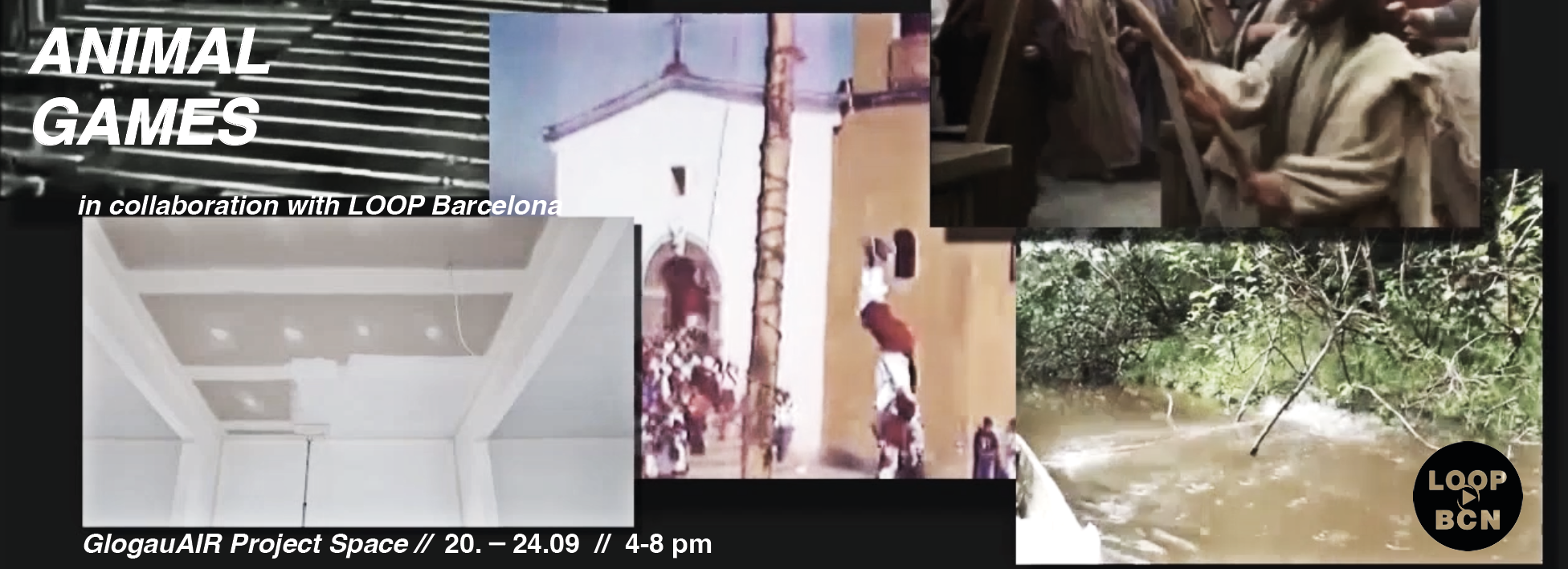
Animal Games
By Laura Olea López and Suzy Royal

Hicham Berrada. ‘Concordance des temps’
By Pascale Cassagnau
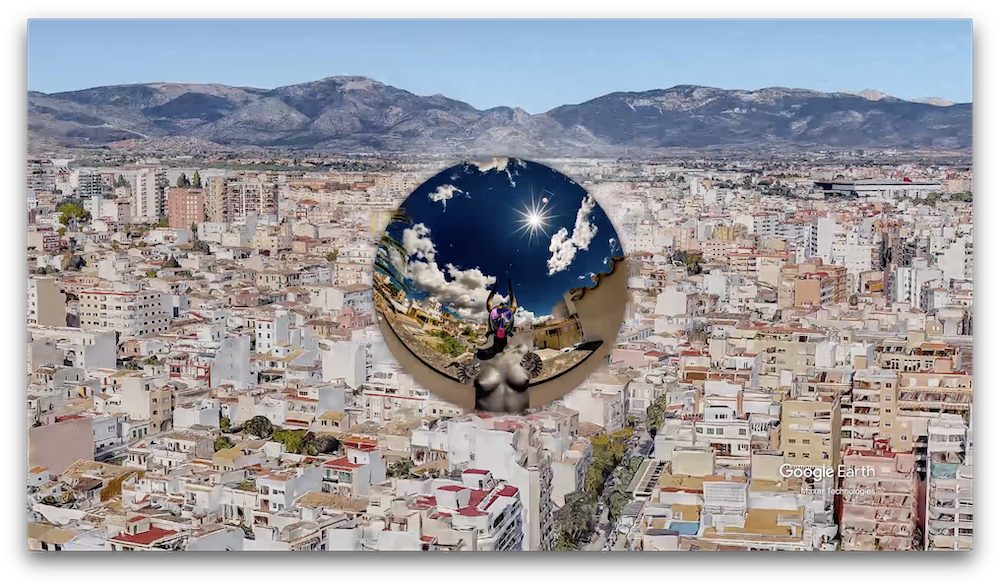
Gabriel Lacomba ‘#crònicapandèmia’
By Jaume Reus

Cao Fei for LOOP
By Hans Ulrich Obrist and Cao Fei
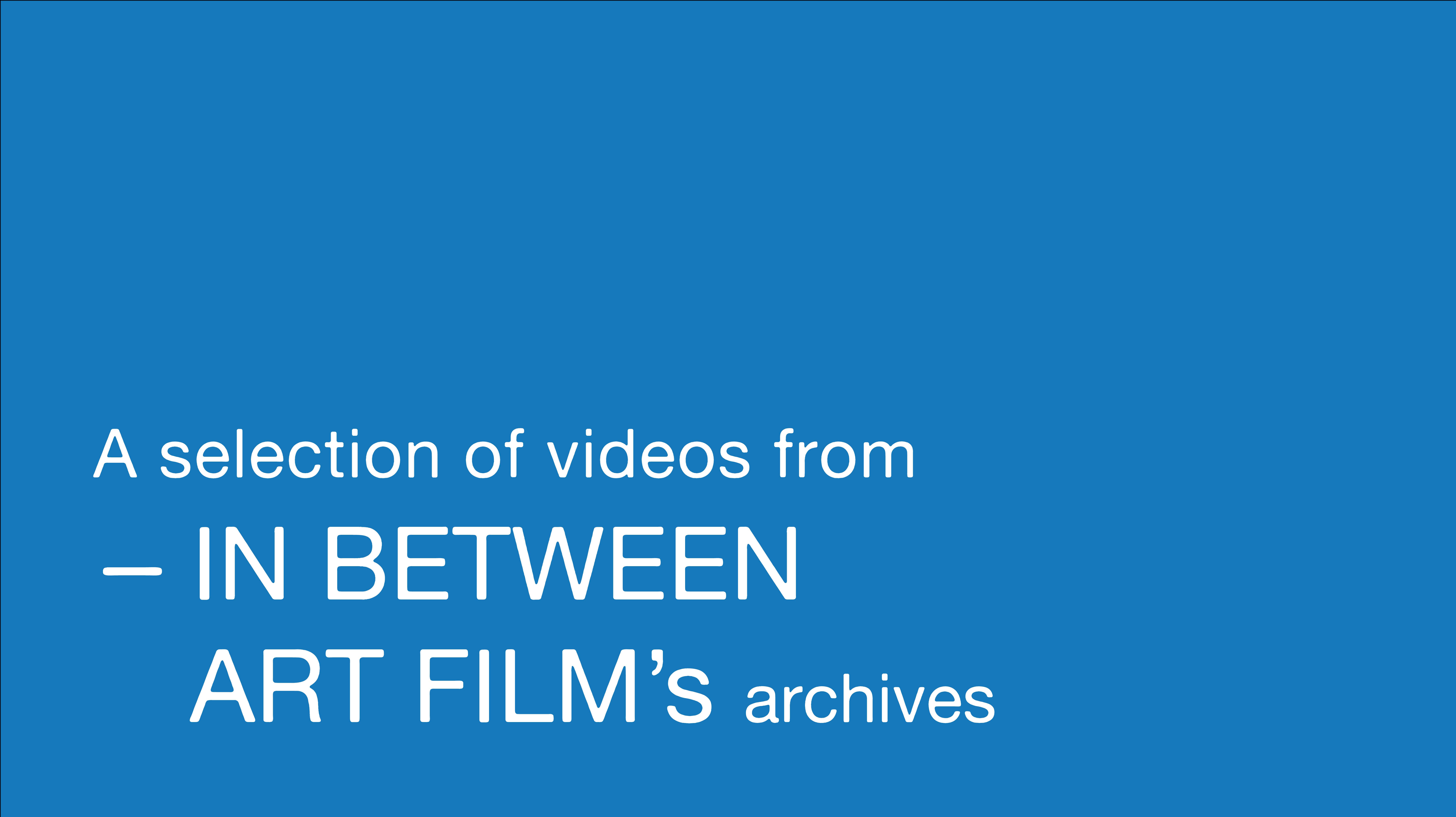
“Time Passed like a Courier with Urgent News”
By Carolina Ciuti
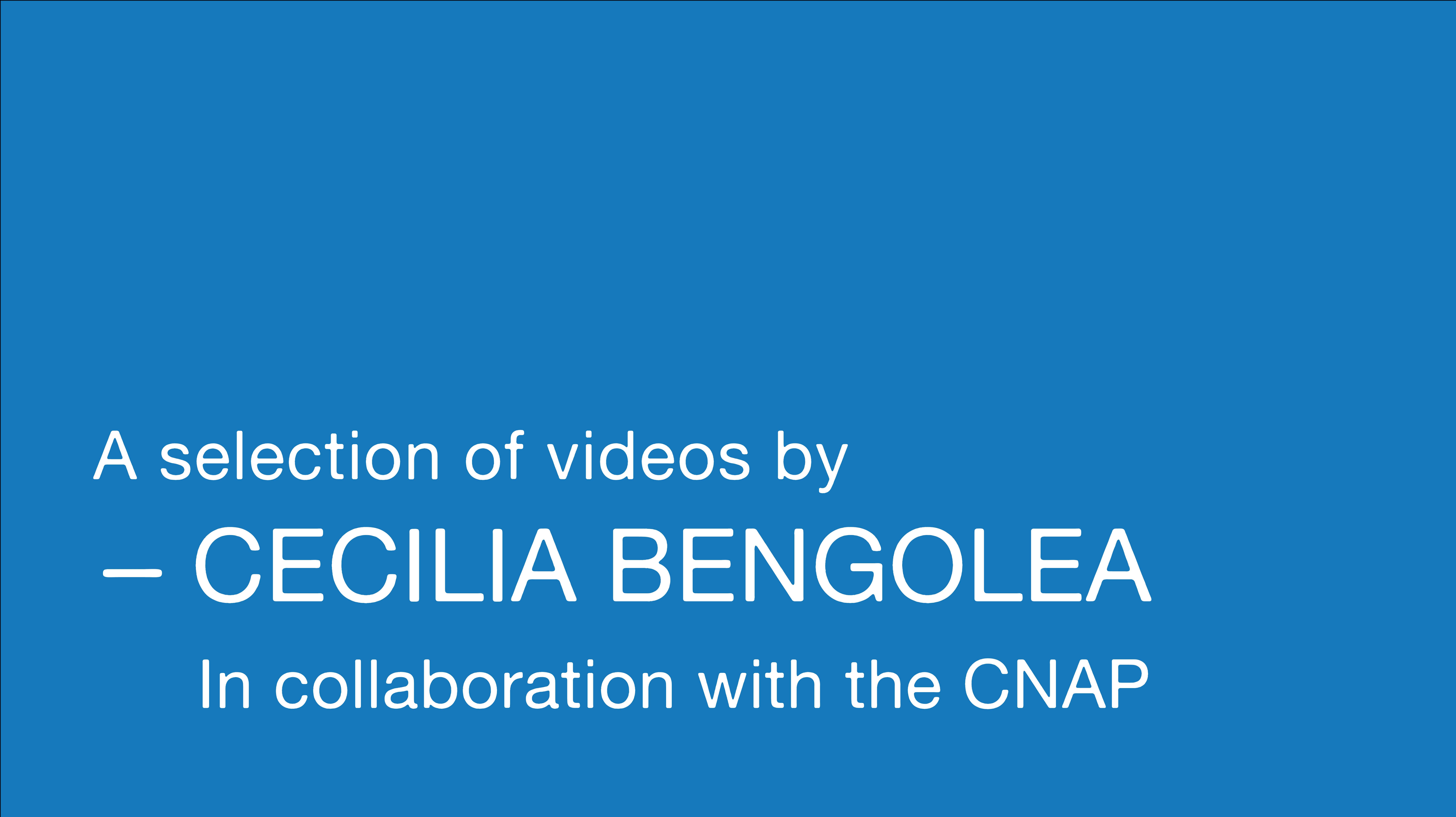
The Dancing States of the Political Body
By Pascale Cassagnau

Watery Witnesses
By Daniela Zyman and Soledad Gutiérrez
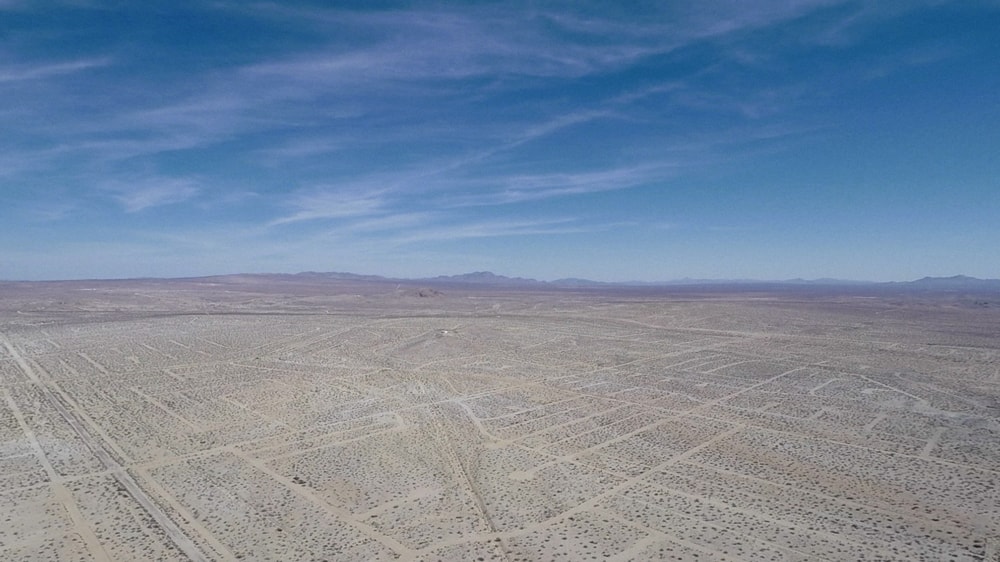
As Soon As If It Was Not
By Pedro Torres
